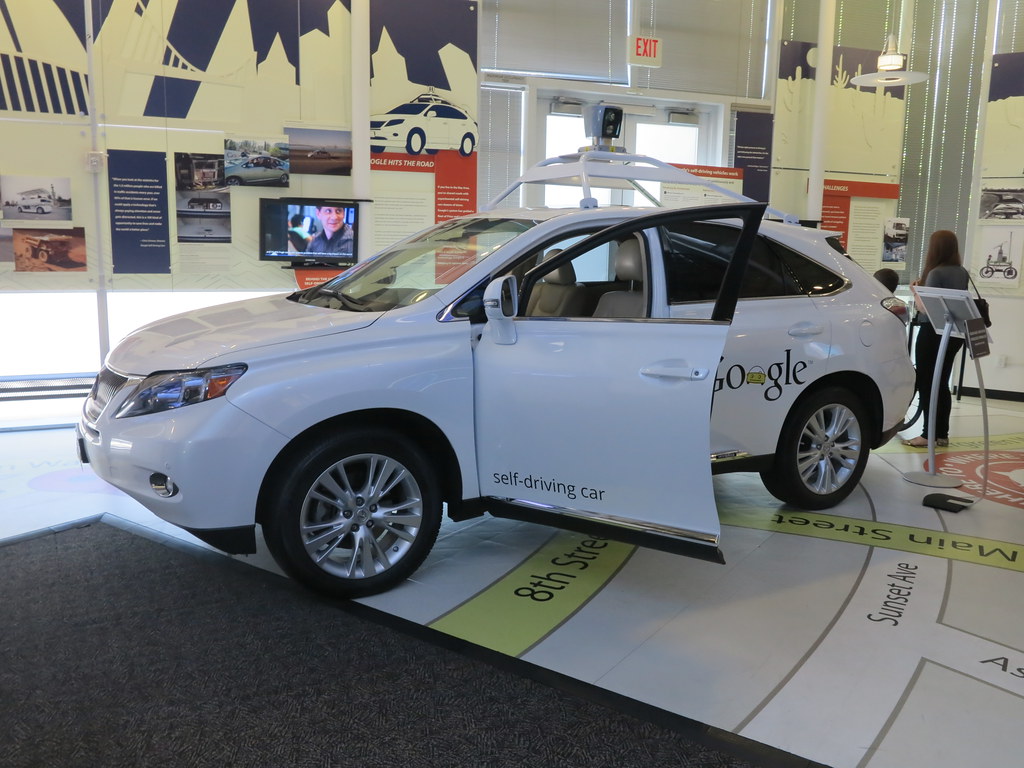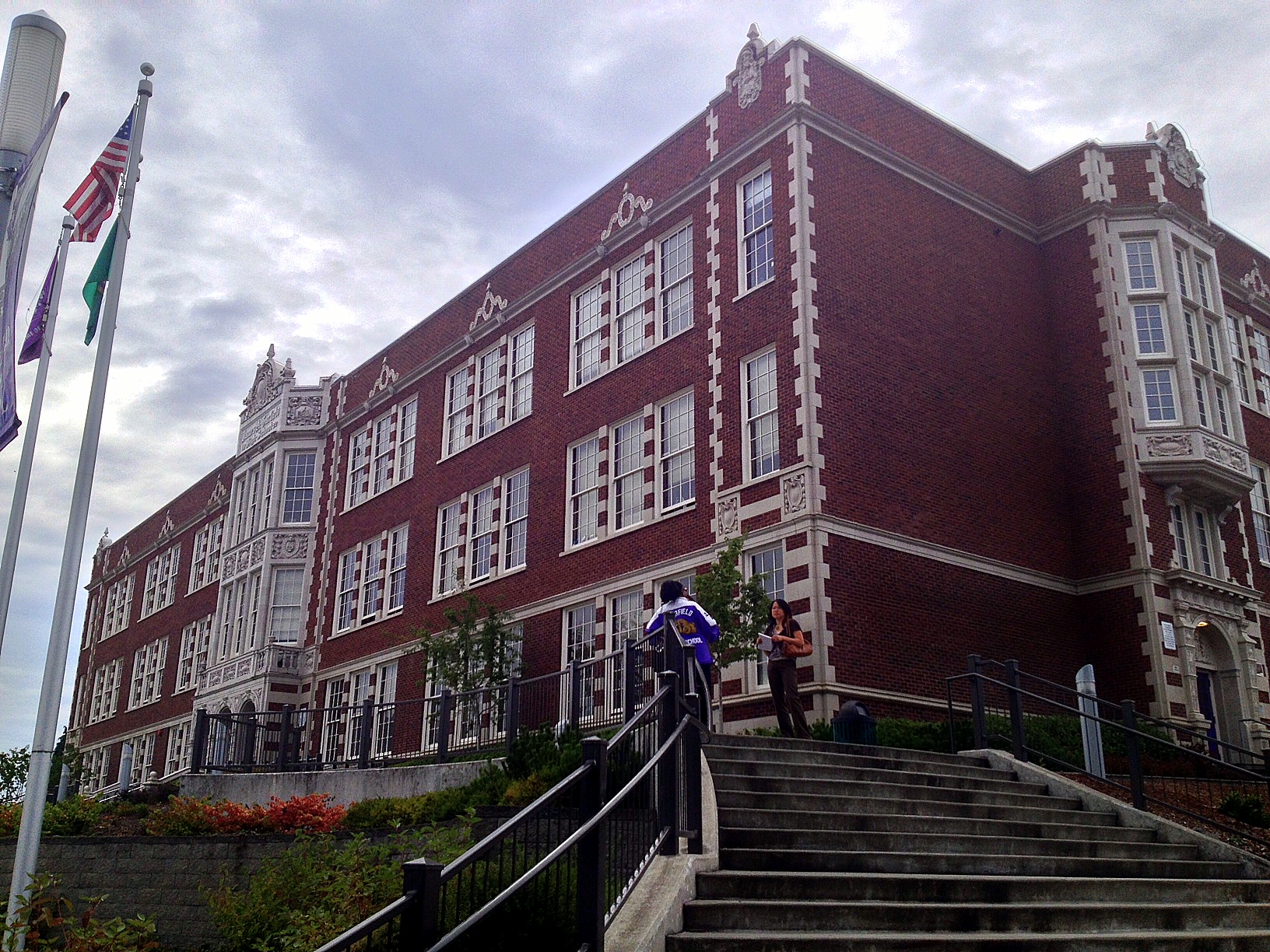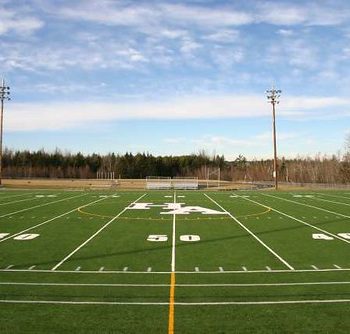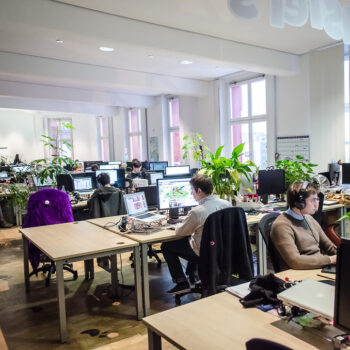While self driving cars are a relatively new technology, the rate at which they are advancing and improving means that we may have fully autonomous cars at some point in the near future, though with the unpredictability of technology and limitations in what is possible, there is also chance that we may never get these vehicles to be safe enough to be fully trusted without a driver.
Currently there are several methods and sensors semi-autonomous vehicles can use to operate, each with its own limitations. The main improvements being seen in these sensors today are not only that they are becoming higher quality and more accurate, but they are also becoming far smaller, allowing large sensor suites to fit conveniently even into smaller vehicles without having to make major design compromises. The first type of sensor that is currently in widespead use is radars, which send out radar pulses and can track and identify objects based on the amount of the signal reflected back to the sensor, and the way in which it was reflected. Second is the use of cameras to identify road markings and alert the driver of where to steer or self correct to stay on the road. Third is the use of infrared cameras, which allows for easy detection of people, animals, or other vehicles. The last and most common method used is LIDAR, which uses many lasers which can send up to 25,000 pulses of light every second to generate a high quality 3D image of the full area surrounding the vehicle.
The benefit of having multiple of these sensors is that it may give people a greater sense of safety and trust in their vehicle as all of the sensors communicate with each other and need to come to the same decision on what to do, this itsself is an issue though, because in the case that they each are completely unable to come to a single decision, which sensor should the car trust the most to make the best decision in that moment? “The big question for driverless car makers is: how does the intelligence of the machine know that the radar sensor is the one to believe? That’s the secret sauce,” (Lakshmanan) This is an issue that constantly plagues the perfecting of self driving technology, leading to very tragic accidents.
Even though self driving technology is constantly improving, it still has reliability issues and major limitations, which can lead to possibly fatal accidents. In the worst case scenarios, something as simple as a bright sky reflected off of a white surface can be fatal, as seen in this case. “As Tesla’s own blogpost on the “tragic loss” points out, the autopilot technology that was controlling Joshua Brown’s car when it ploughed into a truck is in a “public beta phase”. That means the software has been released into the wild to be stress-tested by members of the public so that bugs can be flushed out.” (Solon). This highlights the need for drivers to be aware and cautious when using self driving features inside of cars, because sadly these types of bugs usually go unnoticed and unfixed until someone is unfortunate enough to encounter them while actually driving.
Personally, I likely will never trust a fully autonomous vehicle with my life. This is because I understand just how unpredictable technology is, anything from a single bent pin on a connector to heating and power issues, to even static electricity can cause computing components to fail. I barely trust the hard drives in my computer to not completely fail and self destruct, let alone trusting a 2 ton vehicle without any way of manual control to not kill me.
“Self Driving Car” by pterjan is licensed under CC BY-SA 2.0.












